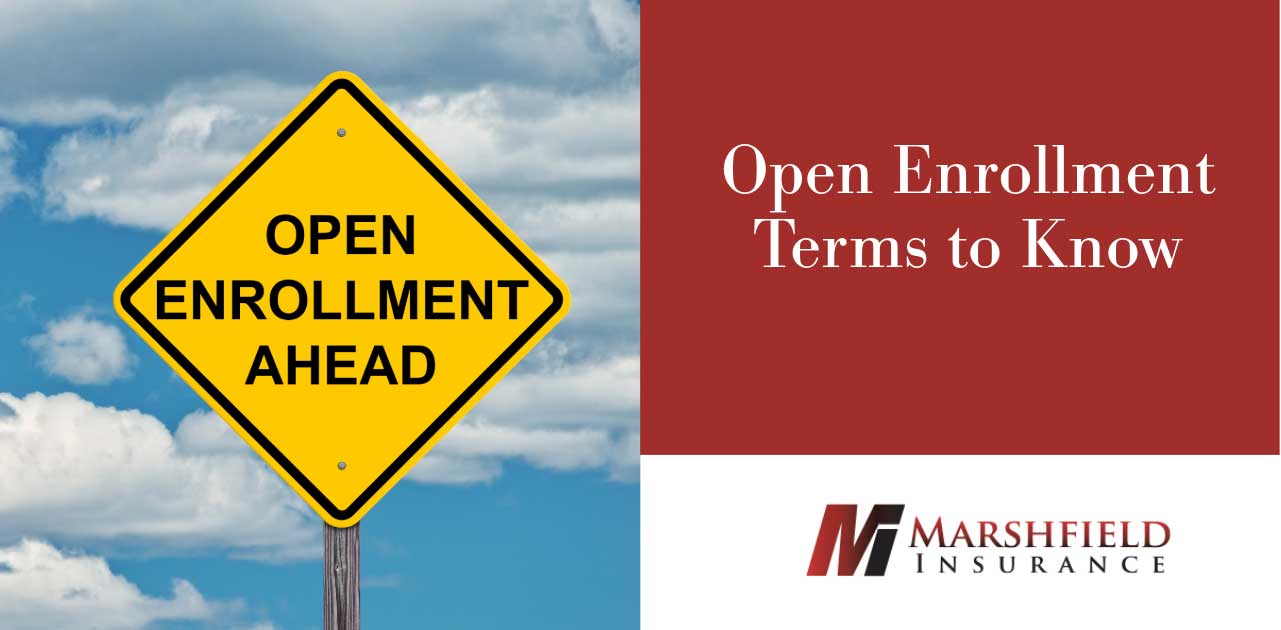Open Enrollment Cheat Sheet: Key Terms to Know
Open enrollment is the time of year when employees can make changes to their benefits elections. This is your chance to review, update, or renew your health care coverage for the upcoming year.
Understanding employee benefits can feel overwhelming, especially if the terms are new to you. Knowing the language can help you feel more confident when choosing your coverage.
Here’s a quick guide to common open enrollment terms:
Common Open Enrollment Terms
Coinsurance
The percentage you pay for covered health care services after your deductible is met.
Consumer Driven Health Care (CDHC)
Plans designed to give you more control over your health care dollars. These often have lower premiums but higher deductibles. Examples include Health Reimbursement Arrangements (HRAs) and Health Savings Accounts (HSAs).
Copayment (Copay)
A flat fee you pay for certain medical services.
Covered Charges
Health care expenses your plan covers.
Deductible
The amount you pay out of pocket before your health plan begins paying benefits.
Dependents
Family members or others who meet eligibility requirements and are enrolled in your plan.
Flexible Spending Account (FSA)
A tax-free account for qualified medical or dependent care expenses. Most funds must be used by the end of the plan year, with limited carryover.
Health Maintenance Organization (HMO)
A type of health insurance plan that typically limits coverage to providers in a set network. You must select a primary care physician to coordinate your care.
Health Reimbursement Arrangement (HRA)
An employer-owned account where the company deposits pre-tax dollars for employees to use on qualified medical expenses.
Health Savings Account (HSA)
An employee-owned, tax-free account for eligible medical expenses. HSAs must be paired with a high-deductible health plan (HDHP), and unused funds roll over year to year.
High Deductible Health Plan (HDHP)
A plan with lower monthly premiums but higher deductibles. Often paired with an HSA.
In-Network
Care you receive from providers within your plan’s approved network.
Inpatient
A person admitted to a hospital or health care facility for treatment.
Medically Necessary
Services or supplies that meet professional standards of care and are appropriate for diagnosis or treatment.
Medicare
A federal program providing health coverage to people 65+ or with certain disabilities.
Members
Individuals enrolled in a health plan, including employees, dependents, COBRA beneficiaries, and surviving spouses.
Out-of-Network
Care from providers not in your plan’s network. This often means higher costs.
Out-of-Pocket Expenses
Costs you pay yourself, including deductibles, copays, and coinsurance.
Out-of-Pocket Maximum (OOPM)
The most you’ll pay for covered services in a plan year.
Preferred Provider Organization (PPO)
A plan that offers both in-network and out-of-network benefits. Choosing in-network providers keeps your costs lower.
Premium
The amount you pay for your health plan, usually monthly. Plans with higher deductibles often have lower premiums.
Primary Care Physician (PCP)
The doctor you select to manage your care, such as a family doctor, pediatrician, or internist.
Final Notes
This list doesn’t cover every possible benefits term, but it provides a strong foundation as you make decisions during open enrollment.
If you have questions, Marshfield Insurance is here to help. Contact us to discuss your options and ensure you’re making the best choices for your coverage.

